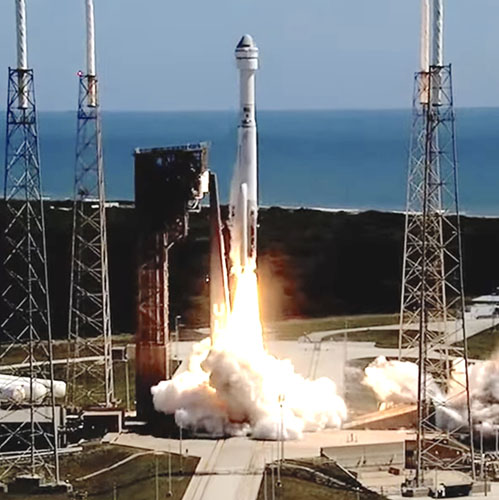Boeing and ULA Join SpaceX in Providing Astronaut Access to the International Space Station
On Wednesday, June 5, Boeing and United Launch Alliance successfully launched two astronauts, Suni Williams and Barry “Butch” Wilmore, toward the International Space Station with a rendezvous expected within a day. This is the first crewed flight of Boeing’s Starliner spacecraft, and Boeing is now on a path to join SpaceX as a provider of crew and cargo delivery to the ISS, offering a second capability for human spaceflight from the United States.
Both SpaceX and now Boeing fly under NASA’s Commercial Crew Program (CCP), which was initiated in 2011 following the retirement of the space shuttle. Commercial Crew had intended the providers to begin flying in 2017, but the program was delayed, requiring NASA to buy increasingly expensive seats in the Russian Soyuz spacecraft, costing as much as $90 million per astronaut for a flight. SpaceX began delivering crews to the ISS aboard it’s Crew Dragon capsule in 2020, and now Boeing and ULA are proving their capability to do the same. The National Space Society (NSS) congratulates Boeing and ULA for this achievement and NASA for their foresight in the creation of Commercial Crew.
“It’s a great day for American spaceflight,” said Dale Skran, COO of the National Space Society. “Having two commercial crew systems to ferry astronauts to the ISS is vital to supporting this key national resource, providing backup capability and achieving competition in the marketplace—and this goes well beyond the ISS to supporting future Commercial LEO Destination (CLD) space stations, and more.”
Skran continued by pointing out that with two companies using different rockets and technologies, one can backstop the other. “Should one provider meet with challenges that could delay their service, the second might be able to pick up the slack. We don’t want to be dependent on foreign providers in the future,” he added.
One example of different technologies being applied is that Boeing’s Starliner is able to return to dry land—in this case the Southwest desert of the U.S.—whereas SpaceX’s capsule makes a water landing in the ocean. “Having this kind of bifurcated system provides added reliability,” Skran concluded.
NSS warmly congratulates Boeing and ULA, their many employees and subcontractors, and the many NSS members who have contributed to Starliner’s success.



















